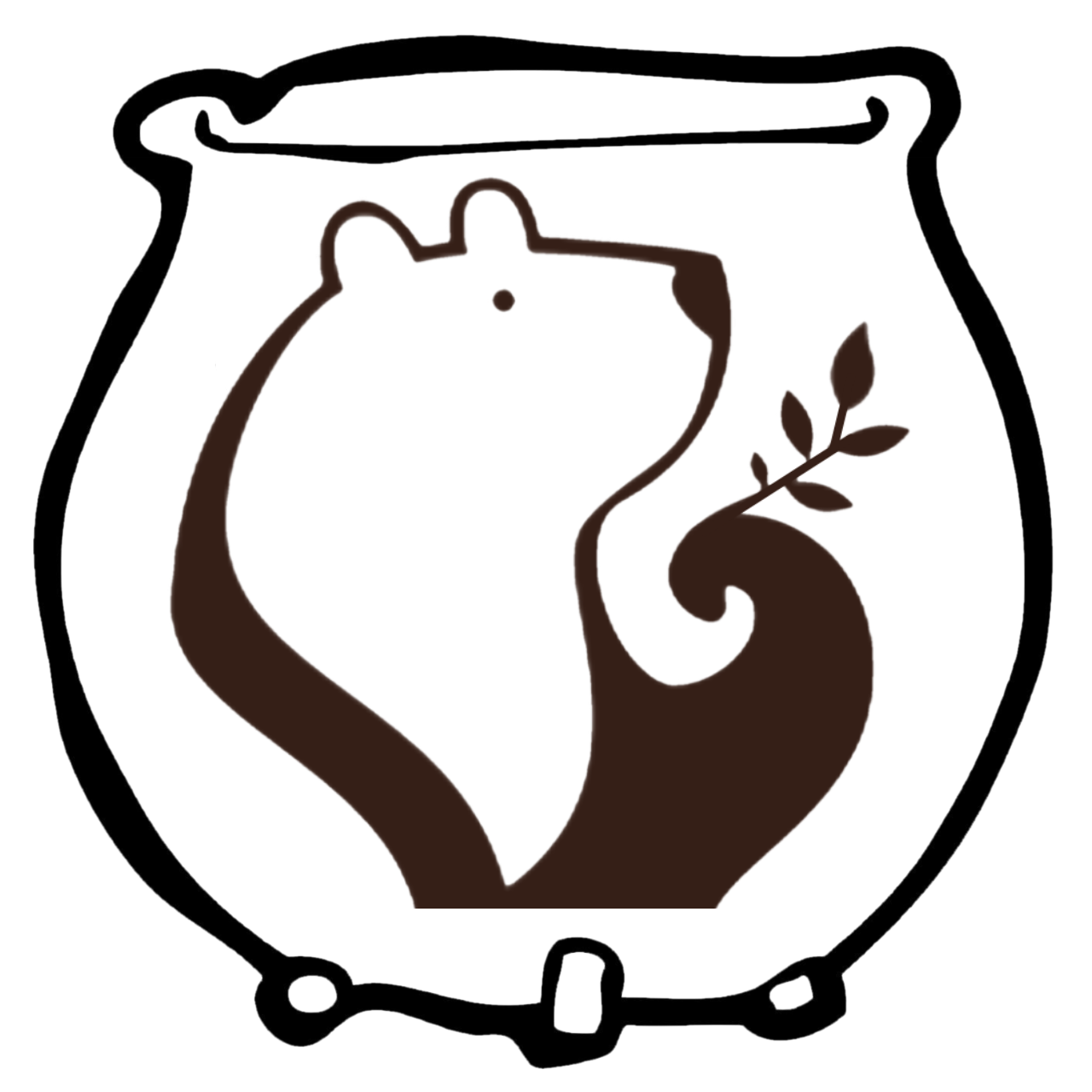Juniper
The Gin Berry
Just as the spiniest chestnut-burr
Is lined within with the finest fur,
So the stoney-walled, snow-roofed house
Of every squirrel and mole and mouse
Is lined with thistledown, sea-gull’s feather,
Velvet mullein-leaf, heaped together
With balsam and juniper, dry and curled,
Sweeter than anything else in the world.
O what a warm and darksome nest
Where the wildest things are hidden to rest!
It’s there that I’d love to lie and sleep,
Soft, soft, soft, and deep, deep, deep!
Juniper is a sturdy man, quiet in his ways. He can be very tall, reaching over 100 feet or he may stay low to the ground. While quite attractive, he is sometimes overlooked in the environment. His leaves are shaped in a needle-like form, but may be smooth-edged or covered with scales. His cones are like berries, often in a peaceful blue color. He is a gymnosperm, having seeds but no flower or fruit. Still, he has an amazing aroma, smelling fresh and clean. Juniper is a winter fellow, often pollinating from late autumn through early spring. From his berries come the well-known drink of gin. Originating as a medicine in the middle ages, it is now considered a favorite beverage. My step-father was a great fan of gin, and this amazing plant always makes me think of him.
The Magic of Juniper
Correspondences
Element: Fire
Gender: Masculine
Sabbat: Yule
Planet: Jupiter
Chakra: Root, Solar Plexus
Spellwork
Protect
Purify
Clean
Virility
Heal
Proverb
Finnish: Who reaches for the spruce, falls down onto the juniper.
The Medicine of Juniper
Ayurvedic
Ayurvedic Name: Hapusha
Vata: Pacify
Kapha: Pacify
Pitta: Increase
Taste: Pungent
Herbology
Anticatarrhal
Antifungal
Anti-inflammatory
Antimicrobial
Antioxidant
Antiseptic
Carminative
Digestive
Diuretic
Hypoglycemic
Infusion: 1 cup boiling water over 1 tsp lightly crushed berries ~ infuse for 20 minutes
Safety: Do not use if pregnant
May interfere with anticoagulants
May lower blood sugar
TCM
TCM Name: Du song
Botanical Name: Juniperus communis
Common Name: Common Juniper
Energy: Dry, Cold
Flavor: Bitter, Pungent
Organs: Heart, Spleen, Lungs
Movement: Warms the middle
Science of Juniper
Botany
Botanical Name: Juniperus spp.
Family: Cupressaceae (Cyprus Family)
Type of Plant: Conifer
Habitat: Well-drained, Slightly acidic soil, Sun
Zone: 4-9
Bloom Time: Gymnosperm
Height: Varies widely
Spread: Varies widely
Propagation: Cuttings
Harvest: Berries when ripe
Part Used: Berries, Leaves
Constituents: Monoterpenes, Sesquiterpenes, Proanthocyanidines, Flavonoids, Diterpene acids, Resin, Vitamin C
Native Region: Northern Hemisphere
Sustainability: Dependent on location
Leaf
Structure: Needle
Arrangement: Opposite
Shape: Needle
Length: 5-10 mm
Margins: Smooth
Surface: Sharp
Alternative Leaf
Structure: Needle
Arrangement: Opposite
Shape: Needle
Length: 2-4 mm
Margins: Layered
Surface: Scales
Sacred Story
There is a Native American tale about three little cranberries. These sisters were all lovely: one was pale white, one was rosy red, and one was verdant green. When winter started blowing into the land, the wind grew cold and fruits grew sparse. White cranberry said, “I am afraid of Hoots, the bear. He will be hungry.”
“I think I shall hide near the red earth in the meadow,” said Red cranberry.
“I could blend in with the white hominy,” White cranberry declared.
“I have a good friend in the woods. I will ask the juniper tree to hide me. Will you not join me?” But Red cranberry wanted to stay near the earth, and White cranberry wanted to hide in the hominy, so the three sisters each went her own way.
Before long Hoots came along, getting ready for his winter nap. He walked all over the meadow looking for food, his large feet flattening Red cranberry into the earth. Spotting the hominy, Hoots went over and gobbled it all up.
Red cranberry was smashed, and White cranberry was eaten, but Green cranberry stayed hidden in the warm and thick branches of Juniper, and Hoots never saw her. Thankful for the kind-hearted tree, Green cranberry never left it. That is why Juniper has berries.




